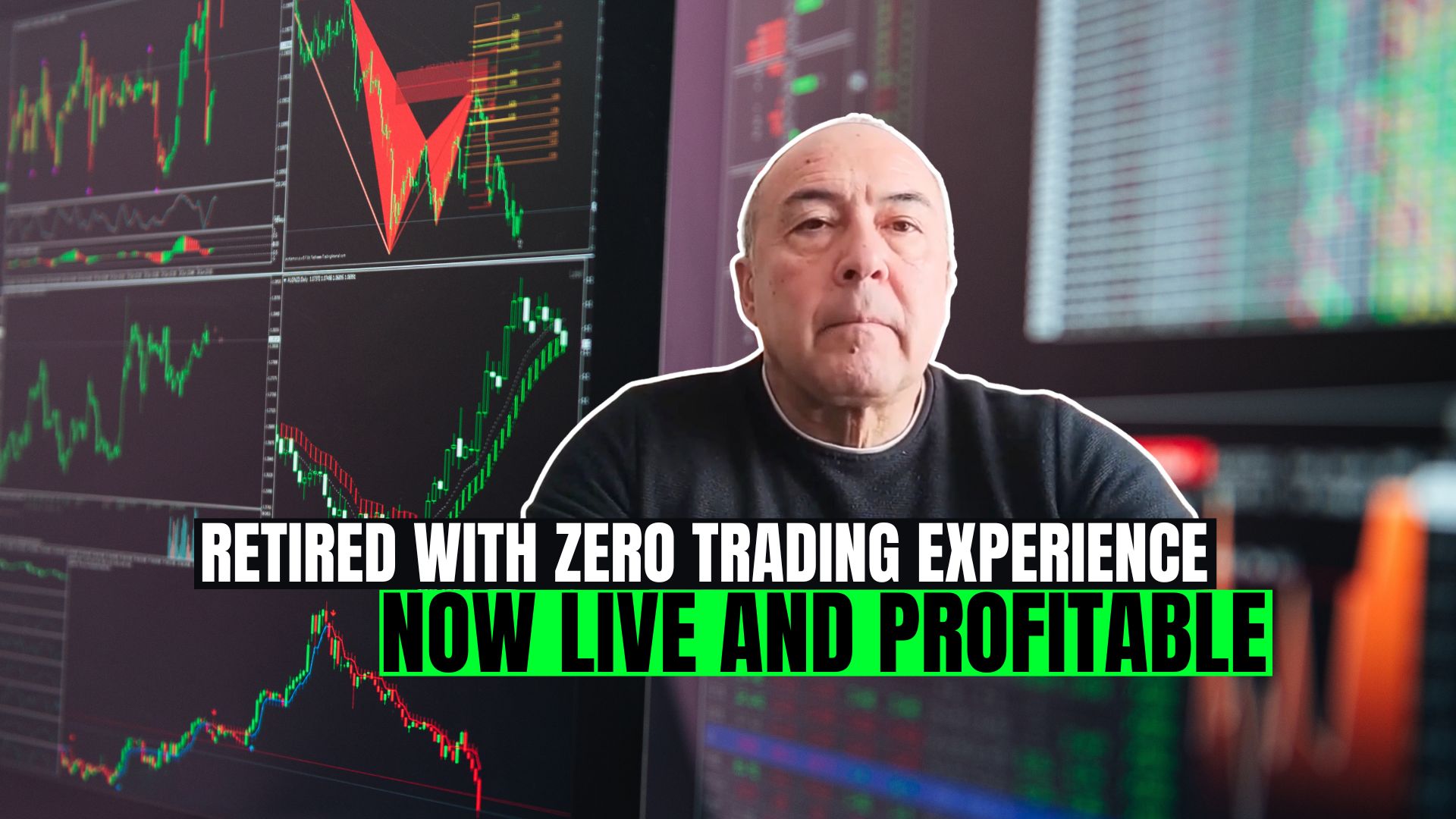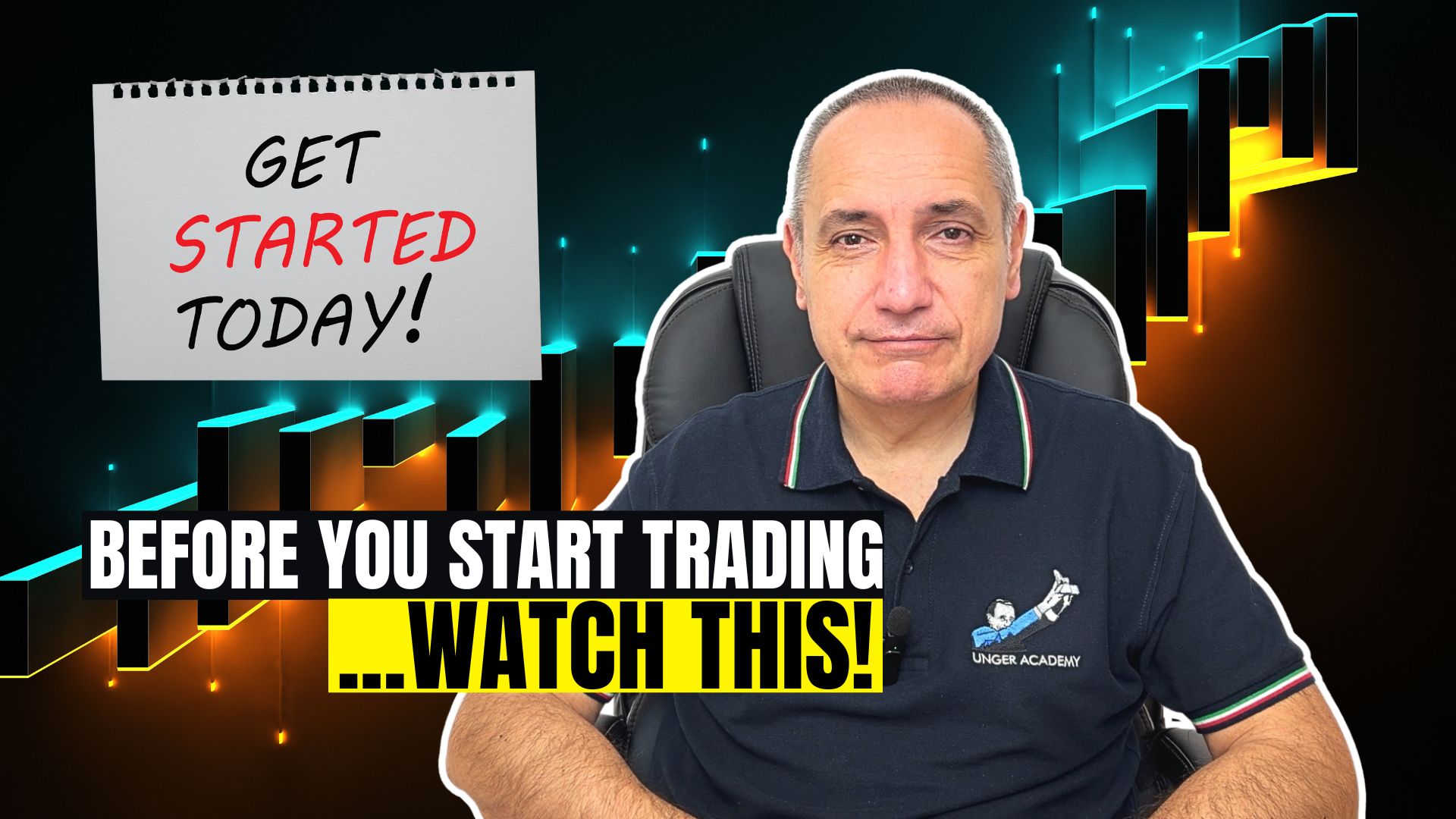Hi guys, hi from Andrea Unger! Today, I’d like to talk about the trading chart. Which bars should be used to plot it? Is it better to use time bars, volume bars or range bars?
When we plot a chart, we normally use time bars. This means we define an interval – it can be one minute, five minutes, thirty minutes, one hour, one day or whatever – and plot a bar each time that interval has passed.
We are compelled to plot a bar each time a new interval starts – these are the rules. So, if for instance we work with five-minute bars, we’ll have a bar every five minutes, independently from what happens in the market. This means there are useful bars when the market moves and insignificant bars when the market doesn’t move that much.
So, you plot important bars as well as bars that convey no valuable information about the dynamics of the market. As you use bars to calculate indicators and chart patterns, if a bar is not full of content, you build something that is actually very weak.
A possible solution could be using range or volume bars. These bars are not plotted at fixed intervals, but only when a certain amount of ticks or pips or volume has been exchanged on the market. As a consequence, every bar conveys the same “amount” of information, the same weight in the market.
This may be a good solution. However, I never use range and volume bars. On the one hand, I don’t trust real-time activity and data enough – but this might be just my fault – so I prefer using another kind of filters in my systems.
In order to give the right pieces of information to the system, I use a time window to place orders. This means that I don’t place orders all day long. Instead, I normally keep them valid only in some specific hours of the day, trying to avoid those hours when, for one reason or the other, my entries wouldn’t be as effective as they normally are.
For example, when I trade the DAX future, I avoid the first hours of the day and, also, a period across the lunch pause. I don’t mean it’s like in the old pit markets, when everybody went to eat. In this case, this is just an exhaustion of the morning activity and a psychological preparation for the afternoon. During the lunch break, activity is less significant, so I prefer not to enter the market.
With my time filter, I try to avoid those problems that derive from a lack of information in the market.
If you want to use range and volume bars, this is absolutely fine, you can do it. The reason why I don’t is that I approach things from another point of view. Anyway, don’t use Renko bars for real-time trading, as they don’t work.
The other reason why I don’t use volume or range bars is that using these charts is sort of looking for the optimum, for the perfect setup. And the perfect setup doesn’t exist, this is the truth!
One thing is having a good strategy and tweaking it at the end of the building process, another thing is building a strategy resting upon something that leads to a potential optimal, something that is clear from the beginning, because you look for the very best. In this case, you work in a direction that can be very dangerous. You look for perfection, but perfect things don’t exist and the whole process might be misleading.
Of course, if you’ve been using range and volume bars successfully, that’s perfectly fine. Don’t give up if you like it. I‘m just trying to explain why I don’t use this representation in my charts. I use a time window to filter the orders and that’s it.
I hope this post helps. Please let me know your opinion and which bars you use in the comments.
See you next time, ciao from Andrea Unger!







